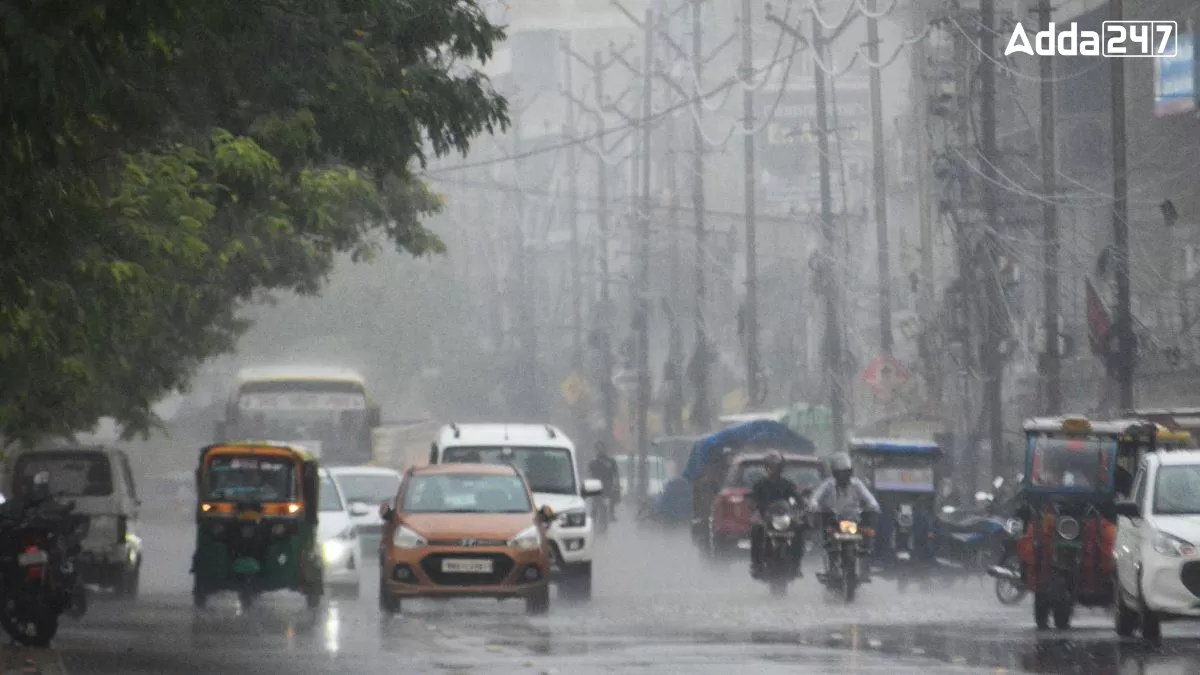Bihar is a state in eastern India that experiences different levels of rainfall across its districts. Some areas receive heavy rainfall, while others get less. The monsoon season, from June to September, plays a major role in bringing rain to the state. Factors like location, nearby mountains, and wind patterns affect the rainfall in each district. One district in Bihar receives the highest rainfall every year.
An Overview of Bihar
Bihar is a state in Eastern India, known for its large population and rich cultural heritage. It borders Uttar Pradesh, Nepal, West Bengal and Jharkhand, with the Ganges River dividing it. Bihar is the 12th largest state by area and has a young population, with over half of its people under 25. The official language is Hindi, with many people speaking Maithili, Magahi and Bhojpuri. The state has a mix of rural and urban areas.
Number of Districts of Bihar
Bihar is divided into 38 districts, 101 subdivisions and 535 CD blocks. These administrative units help in managing the state’s governance, development and services more efficiently, ensuring smooth functioning across various regions of Bihar.
District of Bihar thar Receives the Highest Rainfall
Kishanganj is the rainiest district in Bihar, getting about 2,177 mm of rainfall every year. It lies in the northeastern part of the state and receives heavy rain because of the nearby Himalayas and the peninsula region. The southwest monsoon gives over 85% of Bihar’s rainfall, with July bringing the most rain, followed by August, June, and September. Northeastern areas get more rain than southwestern ones.
Geography and Monsoon Winds
The heavy rainfall in Kishanganj is mainly caused by the Himalayas in the north and peninsular India’s foreland. These natural features restrict the movement of monsoon winds, causing them to release a lost of moisture in the area. As a result, the rainfall in Kishanganj is much higher compared to other parts of Bihar.
Role of the Southwest Monsoon
The southwest Monsoon season is the primary source of rain in Bihar, contributing to more than 85% of the annual rainfall. This monsoon winds bring heavy rains to the state, especially between June and September.
Rainfall Pattern in Bihar
In Bihar, the heaviest rainfall is recorded in July, followed by August, June and September. These months see the peak of the monsoon, bringing much-needed water for agriculture and the environment.
Rainfall Distribution Across Bihar
The districts in northeastern Bihar, like Kishanganj, receive much more rainfall than those in the southwestern parts of the state. This difference is due to the geography and the way monsoon winds are influenced by the terrain.
Climate of Bihar
The climate in Bihar is generally subtropical monsoon, characterized by mild, dry winters and hot summers. In the southeastern part of Bihar, the climate shifts to tropical savanna, where it remains hot and seasonally dry.



 Which Animal is known as the River Horse...
Which Animal is known as the River Horse...
 Which Colour has the Longest Wavelength?
Which Colour has the Longest Wavelength?
 What was the Old Name of Goa? Know About...
What was the Old Name of Goa? Know About...







